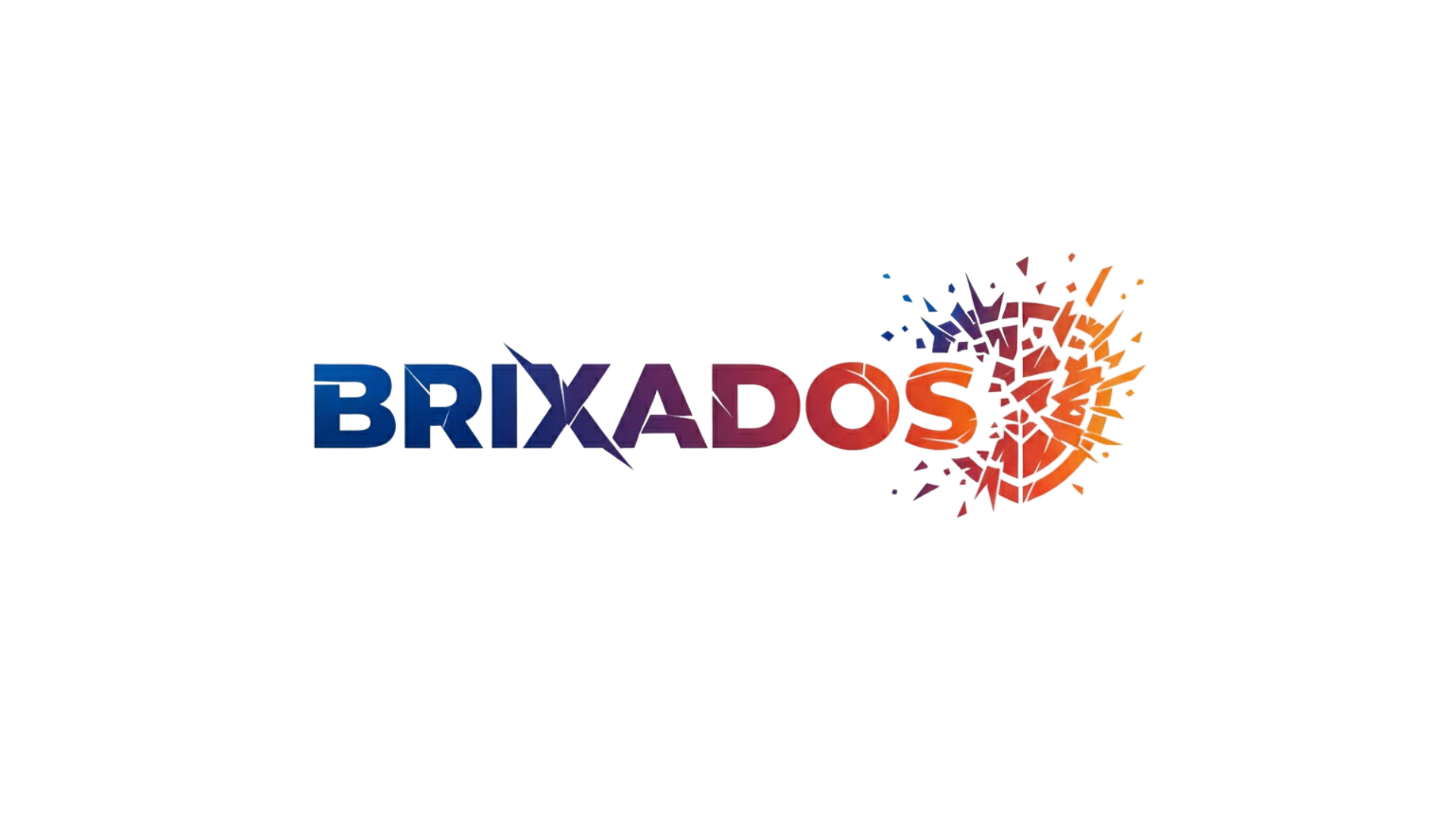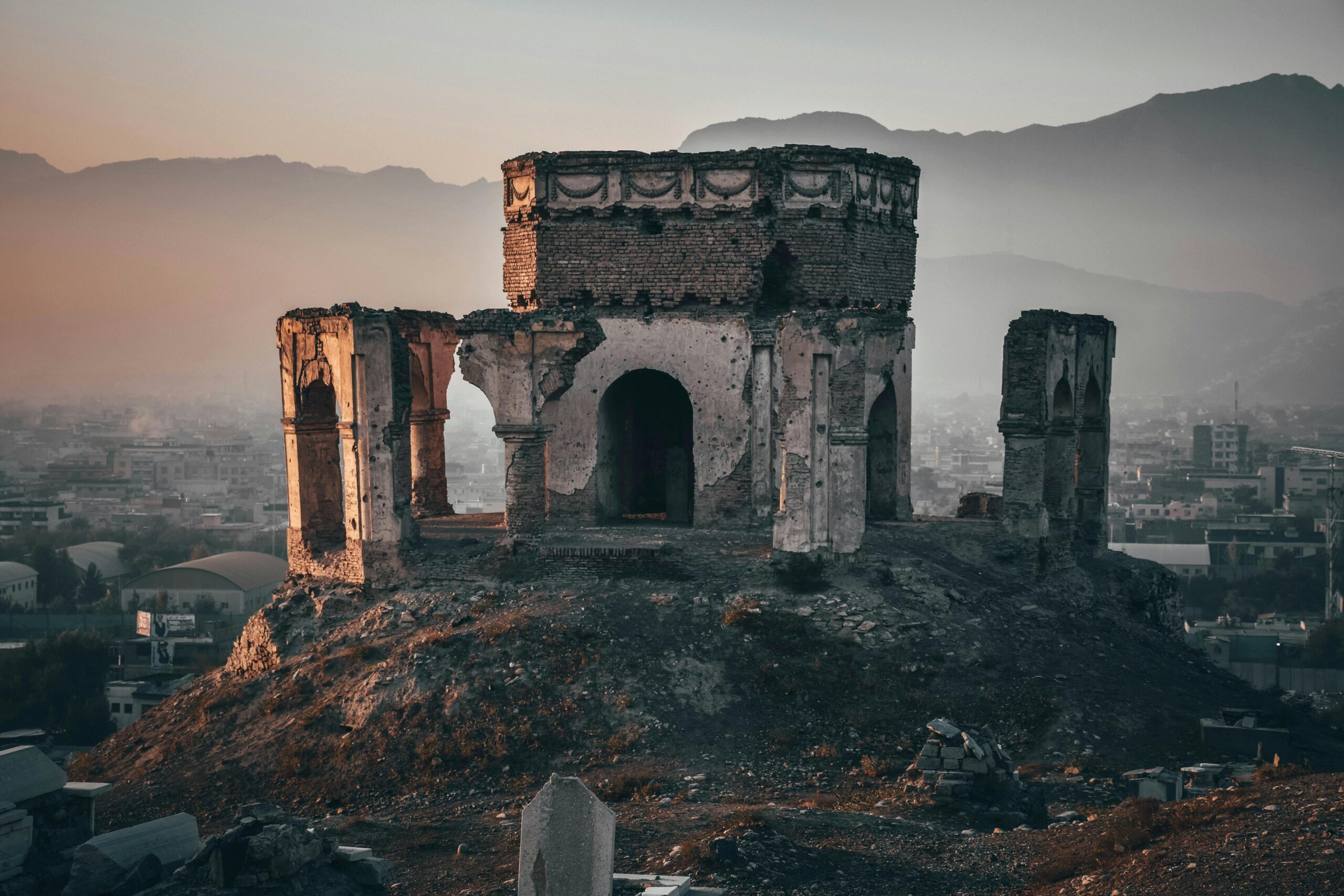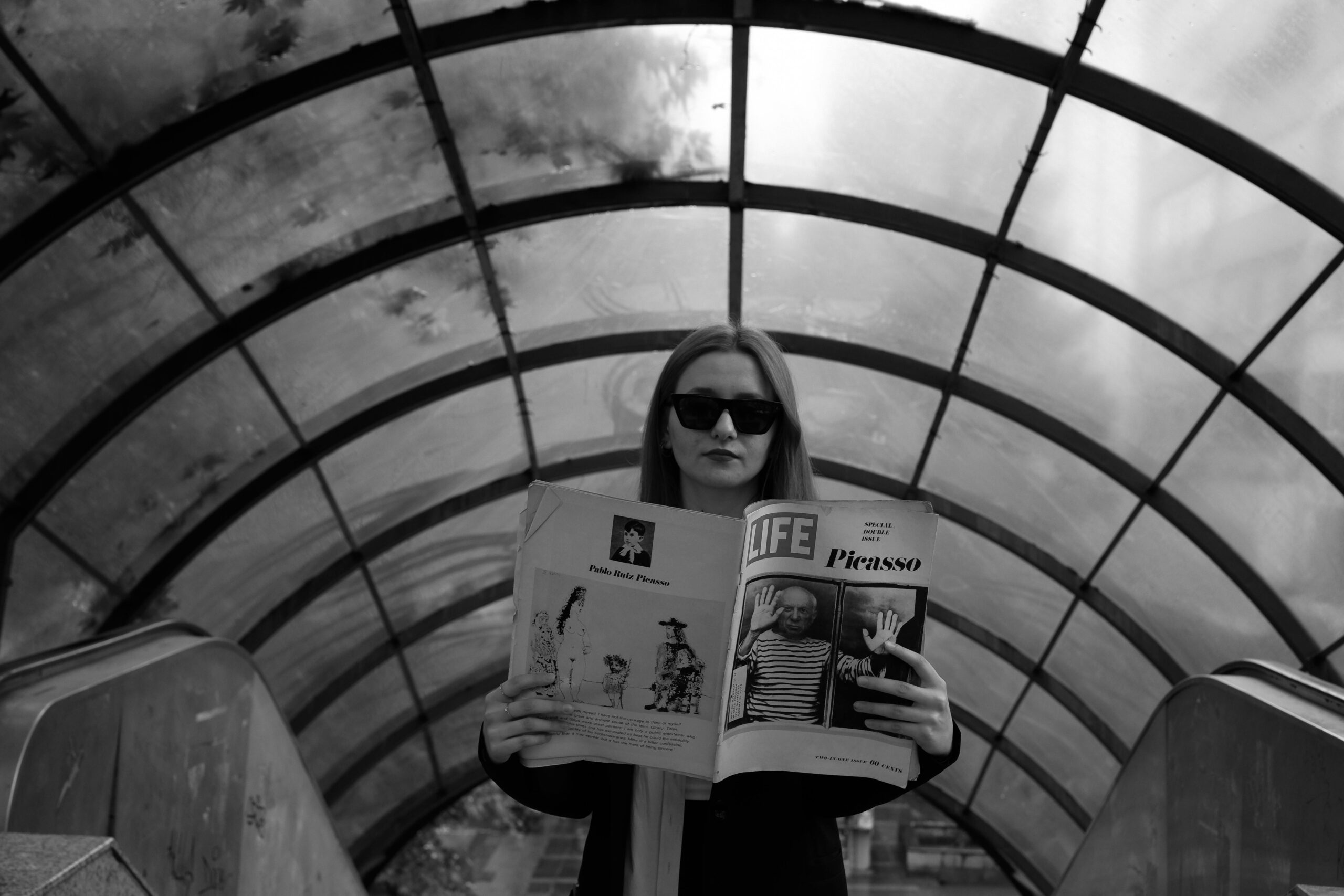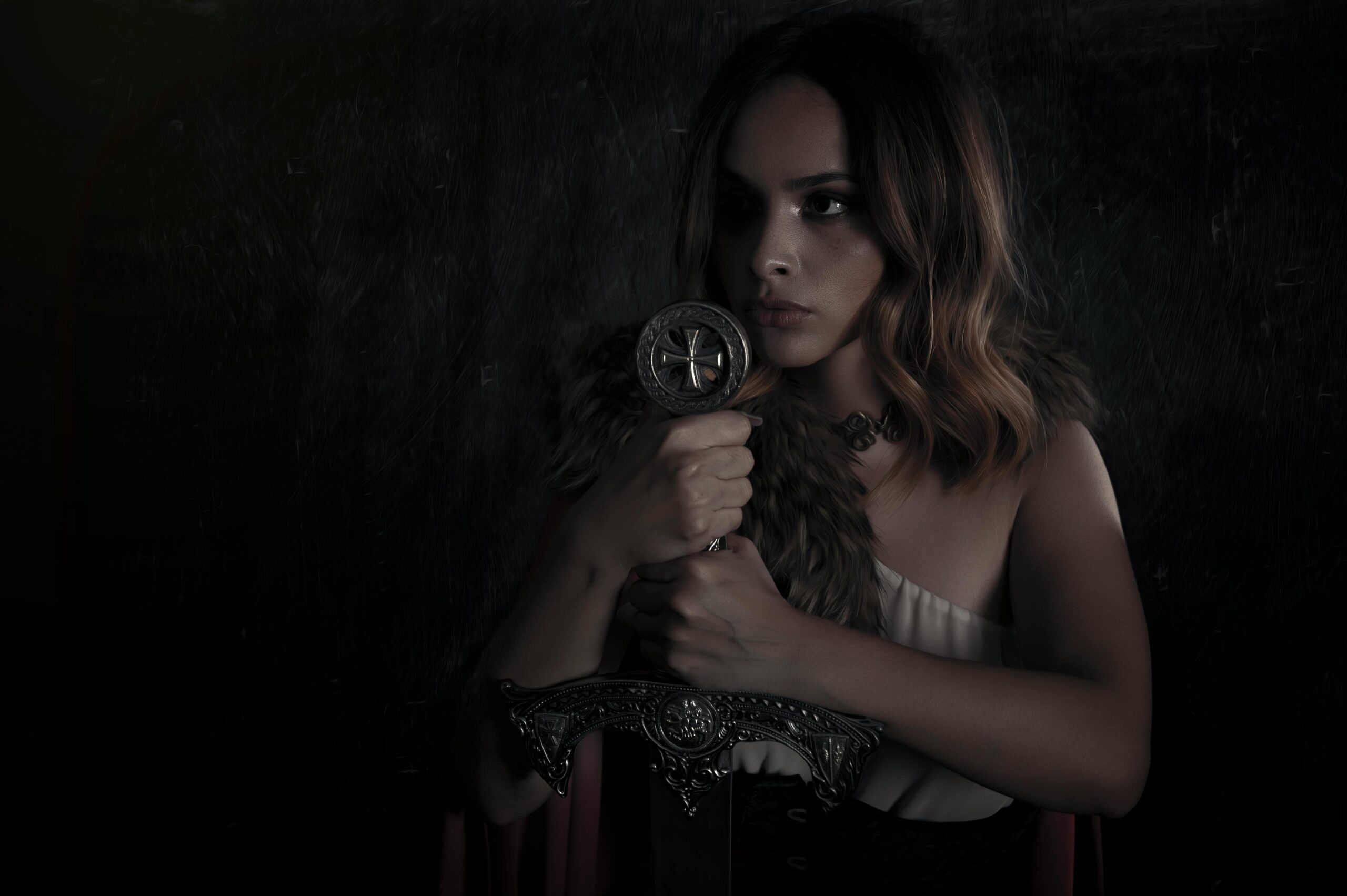Ancient myths continue to whisper through modern screens, shaping how we understand heroes, villains, and ourselves in ways we rarely pause to recognize.
From Marvel’s cinematic universe to bestselling fantasy novels, from video games to streaming series, the fingerprints of ancient mythology are everywhere in contemporary media. These timeless narratives, born millennia ago around campfires and in sacred temples, have evolved into the foundation of our most popular entertainment. But their influence extends far beyond simple storytelling—they actively shape societal values, moral frameworks, and our collective understanding of what it means to be human.
The enduring power of myth lies not in its age, but in its ability to speak to universal human experiences. Love, betrayal, ambition, sacrifice, transformation—these themes transcend cultural boundaries and historical periods. When modern creators tap into these archetypal patterns, they’re accessing a storytelling language that resonates at a primal level with audiences worldwide.
🎭 The Eternal Return: Why Ancient Patterns Never Fade
Joseph Campbell’s concept of the “monomyth” or Hero’s Journey revealed what storytellers had intuitively known for centuries: certain narrative structures appear across virtually all cultures. The reluctant hero called to adventure, the mentor figure, the descent into darkness, death and rebirth, and triumphant return—these stages appear in Greek myths, Hindu epics, Norse sagas, and African folklore with remarkable consistency.
Modern blockbusters follow this template with almost mathematical precision. Luke Skywalker’s journey mirrors that of countless mythological heroes before him. Harry Potter’s narrative arc follows the same pattern established by Perseus, King Arthur, and Buddha. This isn’t coincidence or laziness—it’s the recognition that these patterns work because they reflect genuine psychological and spiritual truths about human development and transformation.
The power of these patterns lies in their psychological resonance. Carl Jung proposed that myths tap into the “collective unconscious”—universal symbols and archetypes shared across humanity. Whether or not Jung’s theory holds scientifically, the practical evidence is undeniable: stories structured around these ancient patterns consistently captivate audiences across demographic boundaries.
The Archetype Arsenal in Modern Storytelling
Contemporary media draws heavily from a specific set of mythological archetypes that audiences instinctively recognize:
- The Trickster: From Loki in Norse mythology to Marvel’s interpretation, from Anansi to the Joker, this figure challenges order and reveals hidden truths through chaos
- The Great Mother: Protective yet potentially dangerous, embodied in characters from Maleficent to Cersei Lannister
- The Shadow: The dark mirror of the hero, representing repressed aspects of the self—think Darth Vader or Gollum
- The Wise Elder: Gandalf, Dumbledore, Obi-Wan, and Yoda all descend from Merlin, Chiron, and countless other mentor figures
- The Innocent: The pure-hearted character whose goodness either saves or dooms them, from Snow White to Ned Stark
These archetypes function as a storytelling shorthand, allowing creators to quickly establish character dynamics that feel immediately familiar and meaningful to audiences. When a character fits an archetypal pattern, viewers unconsciously draw on thousands of years of storytelling tradition to understand their role and anticipate their journey.
⚡ From Olympus to Marvel: The Superhero-Mythology Connection
Perhaps nowhere is the influence of ancient myth more visible than in superhero narratives. Superhero comics and films are essentially modern mythology, fulfilling the same cultural functions that ancient myths served for their societies. They explore moral questions, embody cultural values, and provide larger-than-life figures through which we can explore human potential and limitations.
The parallels are striking and intentional. Thor is literally adapted from Norse mythology. Wonder Woman draws directly from Greek Amazon legends. Superman’s origin story—sent from a dying world, adopted by humble farmers, discovering extraordinary powers, using them for humanity’s benefit—mirrors Moses, Hercules, and numerous other mythological heroes born under extraordinary circumstances.
But the connection goes deeper than surface-level borrowing. Superheroes grapple with the same fundamental questions that occupied ancient myths: What are the limits of power? What responsibilities come with extraordinary abilities? How should the powerful relate to the powerless? What happens when gods walk among mortals?
The Flawed Divinity: Gods Who Struggle
One crucial element that modern adaptations have embraced from ancient mythology is the concept of flawed divinity. Greek and Norse gods weren’t perfect moral exemplars—they were petty, jealous, lustful, and vengeful. This humanization of the divine made them relatable and their stories psychologically complex.
Modern superhero narratives have increasingly adopted this approach. The MCU’s Thor is arrogant and must learn humility. Iron Man battles addiction and ego. Batman’s vigilantism raises ethical questions about justice and vengeance. These flaws don’t diminish these characters—they make them more compelling and their moral victories more meaningful, just as Hercules’ twelve labors were penance for his own violent mistakes.
📺 Television’s Mythic Ambitions: Prestige Drama Meets Ancient Epic
The golden age of television has produced shows that consciously position themselves as modern mythological epics. Game of Thrones drew from medieval European history and legend to create a world where prophecy, destiny, and archetypal conflict drove narrative on an epic scale. The show’s success demonstrated audiences’ appetite for complex, mythically-structured storytelling that refuses to simplify moral questions.
Shows like American Gods explicitly explore how ancient myths adapt and survive in contemporary settings. The series asks: What happens to gods when people stop believing in them? How do ancient powers manifest in modern contexts? These questions aren’t just creative premises—they’re genuine explorations of how mythological thinking persists in secular societies.
Even shows not overtly mythological in setting often employ mythic structure. Breaking Bad follows the tragic fall narrative arc seen in Greek drama, with Walter White experiencing hamartia (tragic flaw), peripeteia (reversal of fortune), and anagnorisis (self-recognition). The Sopranos explored the same questions about fate, family, and masculinity that occupied ancient epics, just transposed to suburban New Jersey.
🎮 Interactive Mythology: Video Games as Participatory Myth
Video games represent a fascinating evolution in mythological storytelling—they allow players to actively participate in mythic narratives rather than passively receiving them. Games like God of War, Assassin’s Creed, and Hades don’t just reference mythology; they let players embody mythological roles and make choices that determine narrative outcomes.
This interactivity creates a unique relationship with mythological material. When players control Kratos through Greek and Norse mythological landscapes, they’re not just hearing about heroic journeys—they’re experiencing the challenges, making the sacrifices, and facing the moral complexities firsthand. This transforms myth from story to simulation, from narrative to experience.
Games like The Legend of Zelda series create original mythologies that nonetheless follow archetypal patterns so faithfully that they feel ancient despite being wholly invented. Link’s repeated reincarnation to battle evil mirrors Hindu and Buddhist concepts of cyclical time and rebirth, while his hero’s journey hits every classical beat.
🌍 How Mythic Media Shapes Social Perception and Values
The influence of mythologically-structured media extends beyond entertainment into how societies understand themselves and their values. When blockbuster films repeatedly tell stories about individuals with extraordinary abilities who use them to protect the vulnerable, they’re reinforcing specific ideas about power, responsibility, and heroism.
These narratives shape expectations about leadership, justice, and moral behavior. The prevalence of “chosen one” narratives in popular media can influence how we think about individual agency and collective action. The constant recycling of redemption arcs affects our cultural attitudes toward forgiveness and transformation. The way villains are portrayed—whether as purely evil or sympathetically complex—influences how we understand wrongdoing and motivation.
The Double-Edged Sword of Mythic Thinking
While myths provide powerful frameworks for understanding, they can also limit and distort. The “hero’s journey” structure, for instance, is inherently individualistic—it focuses on one special person’s transformation. While inspiring on a personal level, this narrative can obscure the reality that most meaningful change requires collective action rather than individual heroism.
Similarly, the clear moral binaries of many mythological narratives—good versus evil, light versus darkness—can oversimplify complex social and political realities. When we view real-world conflicts through mythological lenses, we risk missing nuance and context in favor of dramatic but misleading narratives about heroes and villains.
The gender dynamics embedded in traditional myths also persist in modern adaptations, often unconsciously. The damsel in distress, the seductive temptress, the nurturing mother—these archetypal female roles have constrained women’s representation in media. Recent efforts to subvert these patterns, like the reimagined Wonder Woman or the complex women of Game of Thrones, show awareness of this limitation, but the gravitational pull of traditional archetypes remains strong.
🔮 The Commercialization of Myth: When Sacred Becomes Product
As ancient myths become intellectual property for entertainment corporations, questions arise about what’s lost in translation. Disney’s acquisition of Marvel means ancient Norse gods are now corporate assets. Amazon’s investment in fantasy properties transforms archetypal narratives into streaming content designed to maximize engagement metrics.
This commercialization isn’t inherently negative—myths have always been adapted and retold for different audiences and purposes. But when profit becomes the primary motive for mythological storytelling, certain elements may be emphasized or downplayed based on market research rather than narrative or thematic integrity. The sanitization of myths to achieve favorable ratings, the simplification of complex themes for mass appeal, and the endless sequelization of mythic properties can dilute their power.
✨ The Future of Myth in Digital Age Storytelling
As media technology evolves, so too will the forms that mythological storytelling takes. Virtual and augmented reality offer possibilities for even more immersive mythic experiences. Artificial intelligence may enable personalized mythological narratives that adapt to individual players. Social media has already created new forms of collective mythmaking, where internet folklore and digital legends emerge and spread at unprecedented speeds.
The fundamental human need that myths address—the search for meaning, pattern, and significance in existence—remains constant. As long as humans grapple with questions about purpose, morality, identity, and transcendence, mythological thinking will persist and evolve. The stories will change form, the mediums will develop, but the archetypal patterns will endure because they reflect something essential about human consciousness.
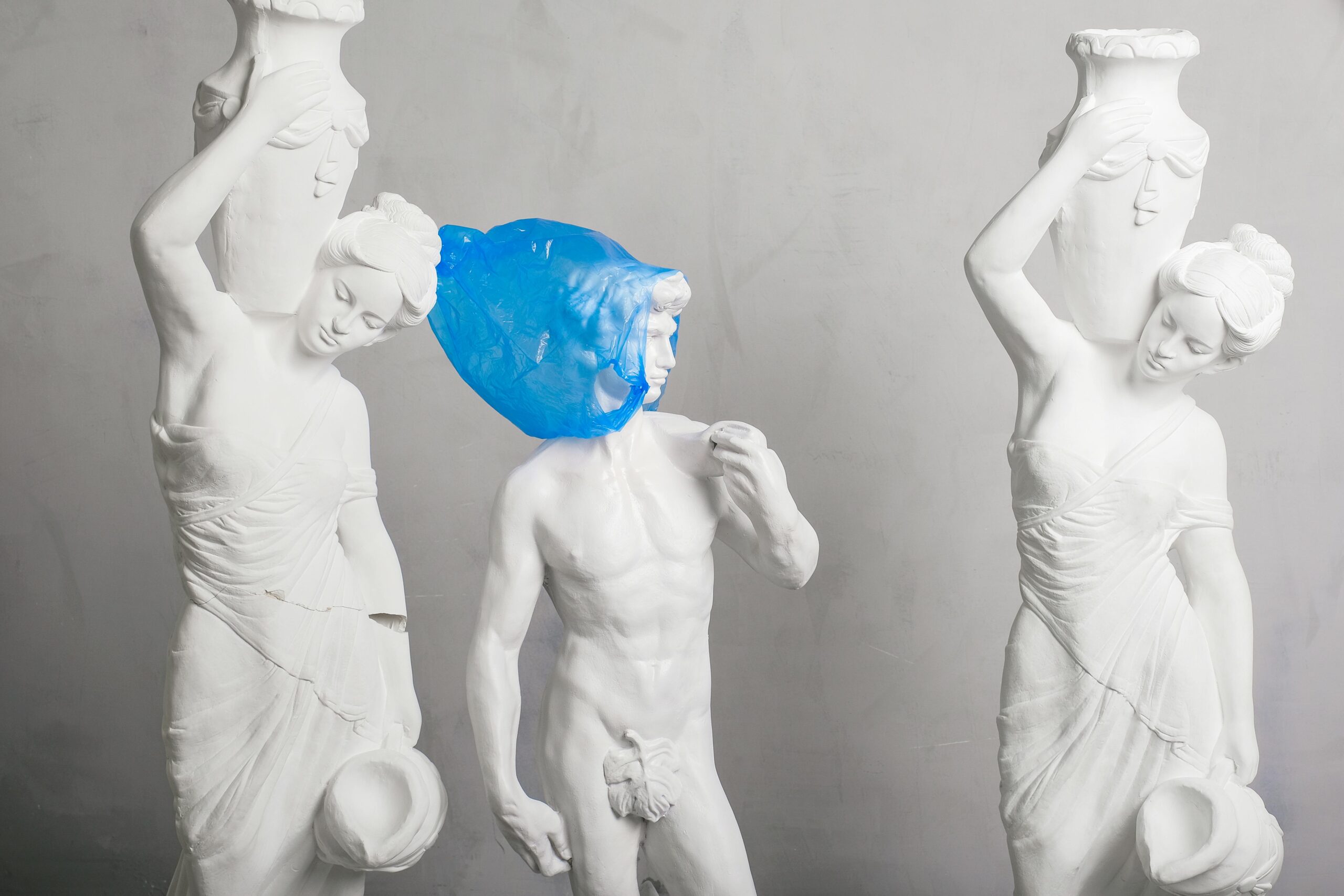
🎬 Recognizing the Mythic in Our Media Diet
Understanding how ancient mythological patterns structure modern media enhances our ability to be conscious consumers of culture. When we recognize the Hero’s Journey unfolding in a film, we can appreciate the craft involved while also questioning whether that narrative pattern serves the story being told. When we identify archetypal characters, we can enjoy their familiarity while remaining open to subversions and innovations.
This awareness also helps us understand our own reactions to media. Why do certain stories move us so deeply? Often it’s because they’re tapping into mythological patterns that resonate at an unconscious level. Why do we become so invested in fictional characters and their journeys? Because they’re enacting archetypal dramas that mirror our own internal struggles and aspirations.
The power of myth in modern media isn’t about the past dominating the present—it’s about recognizing continuity in the human story. The questions that occupied ancient peoples around fires still occupy us in darkened theaters and before glowing screens. The fears, hopes, and dreams encoded in millennia-old stories remain remarkably current. Technology changes rapidly, but human nature evolves slowly, and myths bridge that gap by preserving and transmitting essential human wisdom across generations.
By unveiling these mythological foundations in our media landscape, we gain not just intellectual understanding but practical wisdom. We become more thoughtful about the stories we consume and create, more aware of how narratives shape perception, and more connected to the long human tradition of making meaning through story. In recognizing how ancient tales shape modern screens, we ultimately recognize ourselves—both as we are and as we might become.
Toni Santos is a myth-psychology researcher and narrative writer exploring how archetypes, symbols and human story converge to shape mind, culture and meaning. Through his studies on the collective unconscious, comparative mythology and symbolic dream interpretation, Toni examines how the myths we tell reflect the patterns we live — and how awareness of these patterns can spark transformation. Passionate about hero’s journeys, mythic motifs and dream-language, Toni focuses on how story acts as both mirror and map for inner depth and growth. His work highlights the bridges between myth, psyche and culture — guiding readers toward a deeper encounter with themselves and the stories they carry. Blending psychology, mythology and narrative theory, Toni writes about the hidden architecture of meaning — helping readers understand how symbols, stories and dreams shape experience and identity. His work is a tribute to: The power of myth to reveal the unseen structures of psyche The journey from archetype to individual lived story The art of dream-language as a path to wholeness Whether you are a storyteller, psychologist or traveller in the inner landscape, Toni Santos invites you to explore the mythic dimension of mind — one symbol, one myth, one insight at a time.
